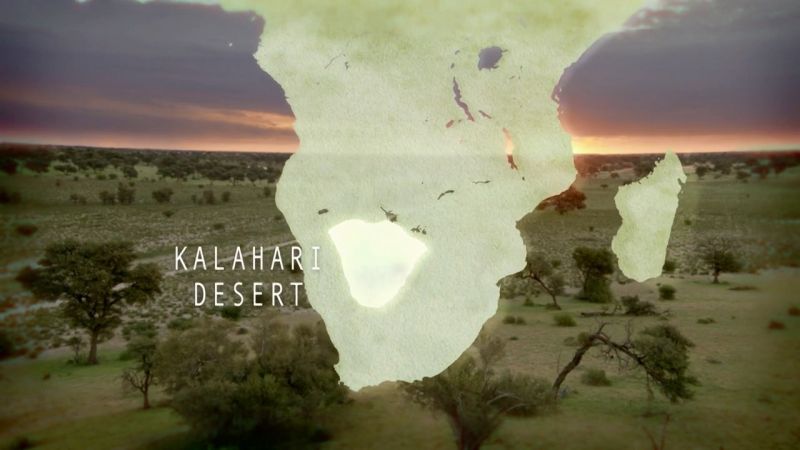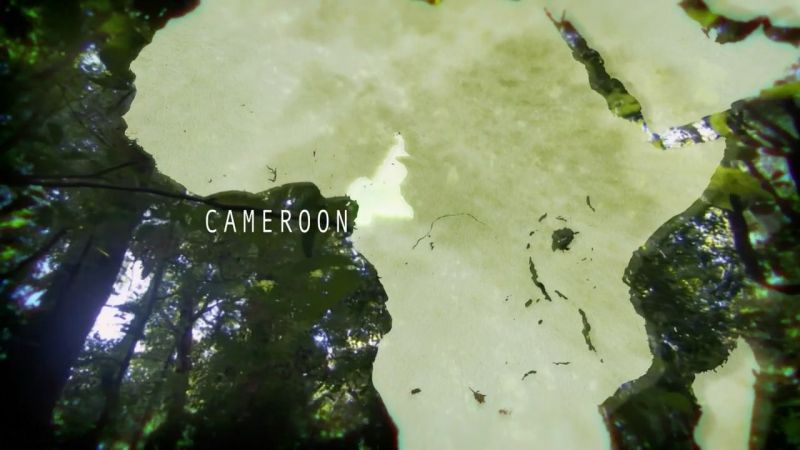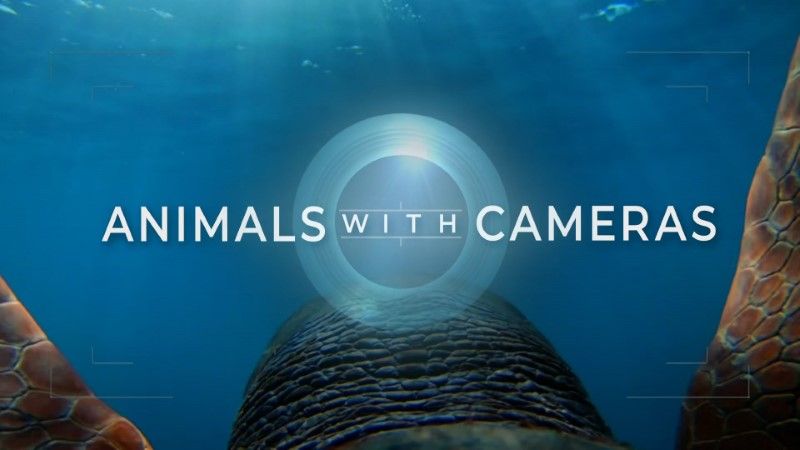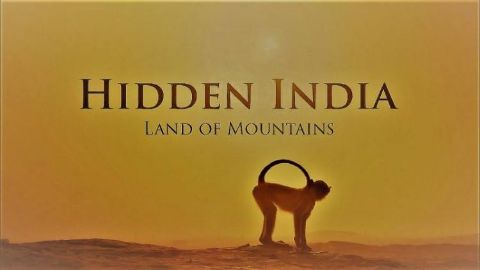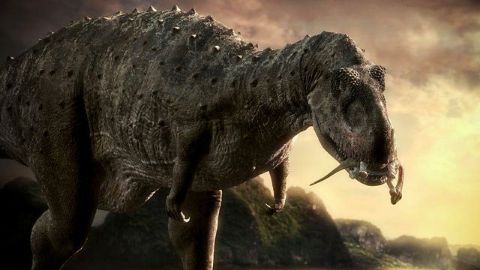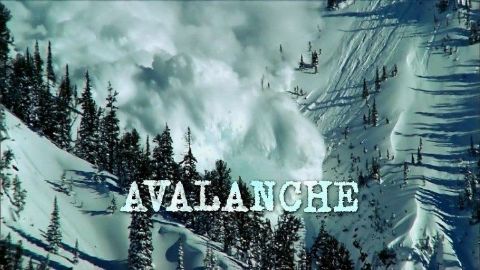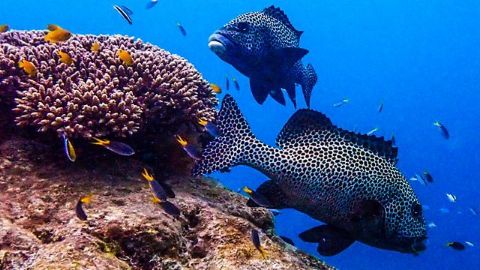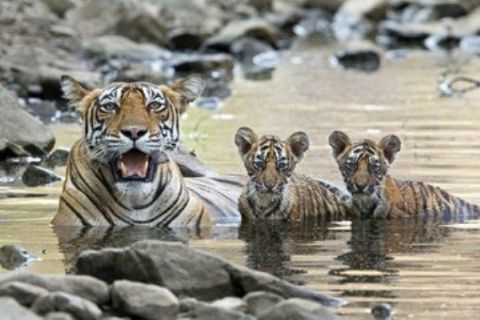Episode 3 Series 1 • 2018 • episode "S1E3" • Animals with Cameras
In the heart of the Atlantic, Gordon Buchanan joins a team looking to discover why huge numbers of devil rays, fish with 'wings' nearly four metres across, and gather every summer near the Azores archipelago. In northeast Turkey the on-board cameras are carried by brown bears as part of a study trying to understand why so many bears survive in a small patch of forest. In southern France on-board cameras help scientists trying to prove that guard dogs can help protect sheep flocks from wolf attacks. The night-vision cameras show how the dogs work together as a team to fend off the wolves.
Make a donation
Buy a brother a hot coffee? Or a cold beer?
Hope you're finding these documentaries fascinating and eye-opening. It's just me, working hard behind the scenes to bring you this enriching content.
Running and maintaining a website like this takes time and resources. That's why I'm reaching out to you. If you appreciate what I do and would like to support my efforts, would you consider "buying me a coffee"?
Donation addresses
BTC: bc1q8ldskxh4x9qnddhcrgcun8rtvddeldm2a07r2v
ETH: 0x5CCAAA1afc5c5D814129d99277dDb5A979672116
With your donation through , you can show your appreciation and help me keep this project going. Every contribution, no matter how small, makes a significant impact. It goes directly towards covering server costs.
